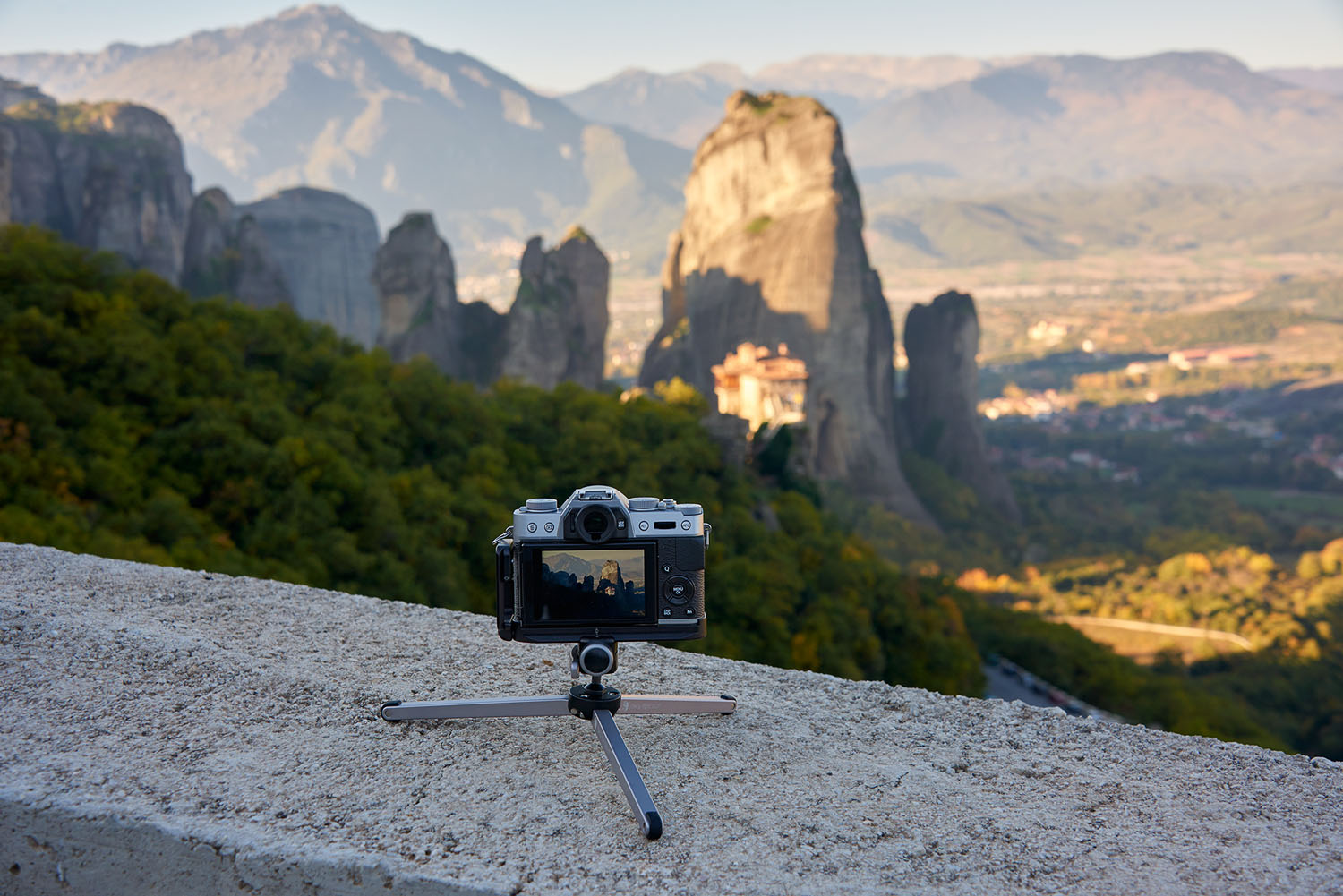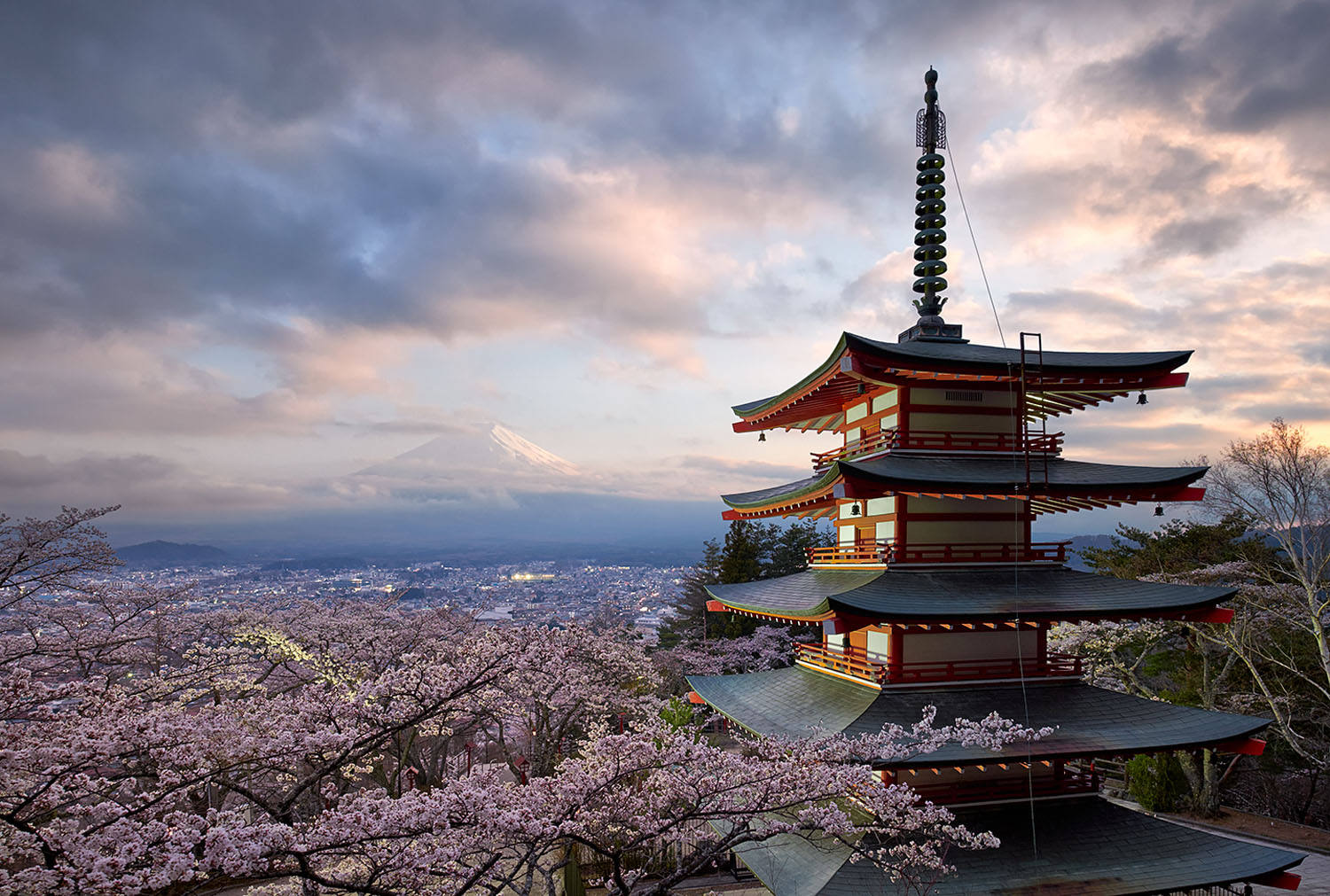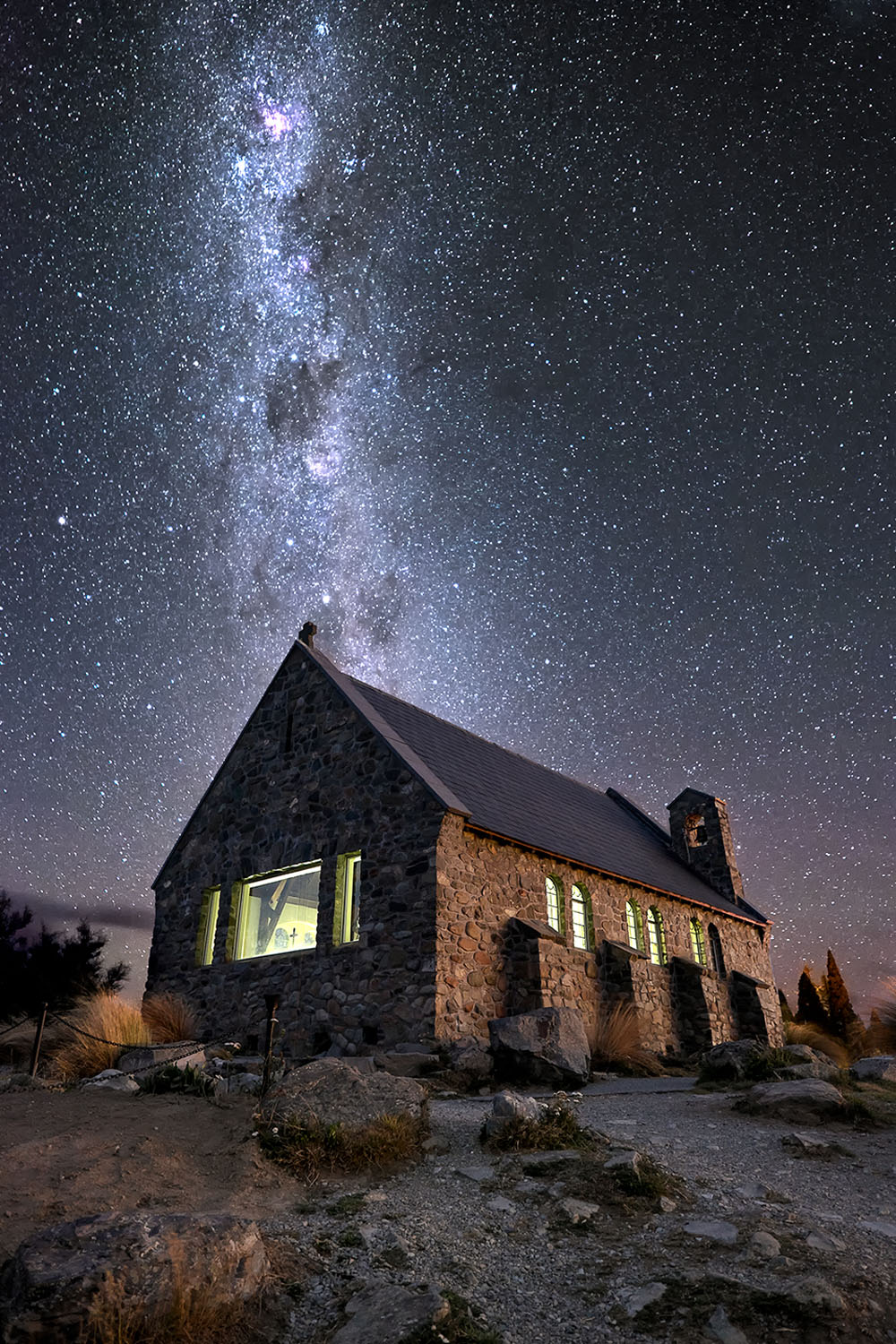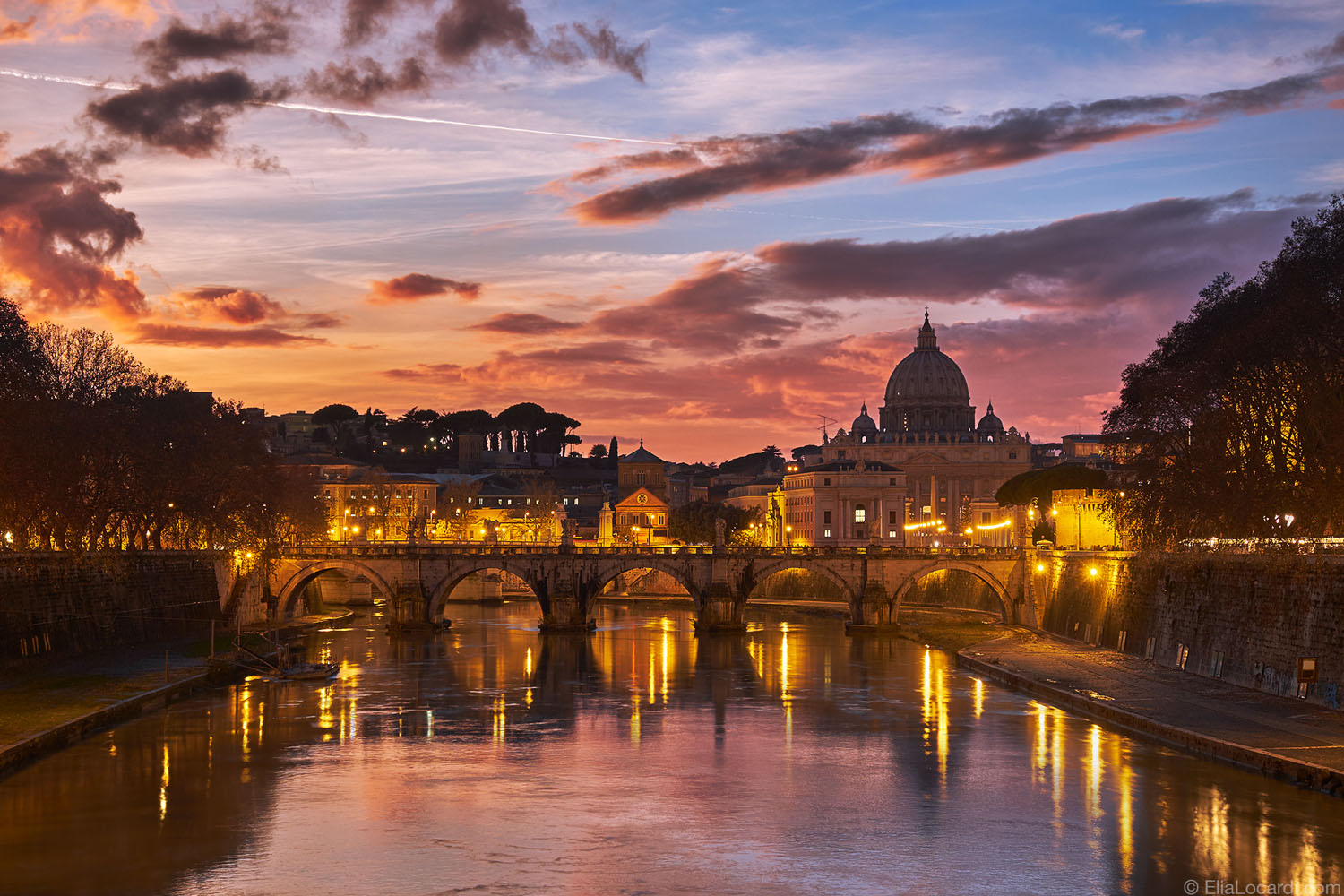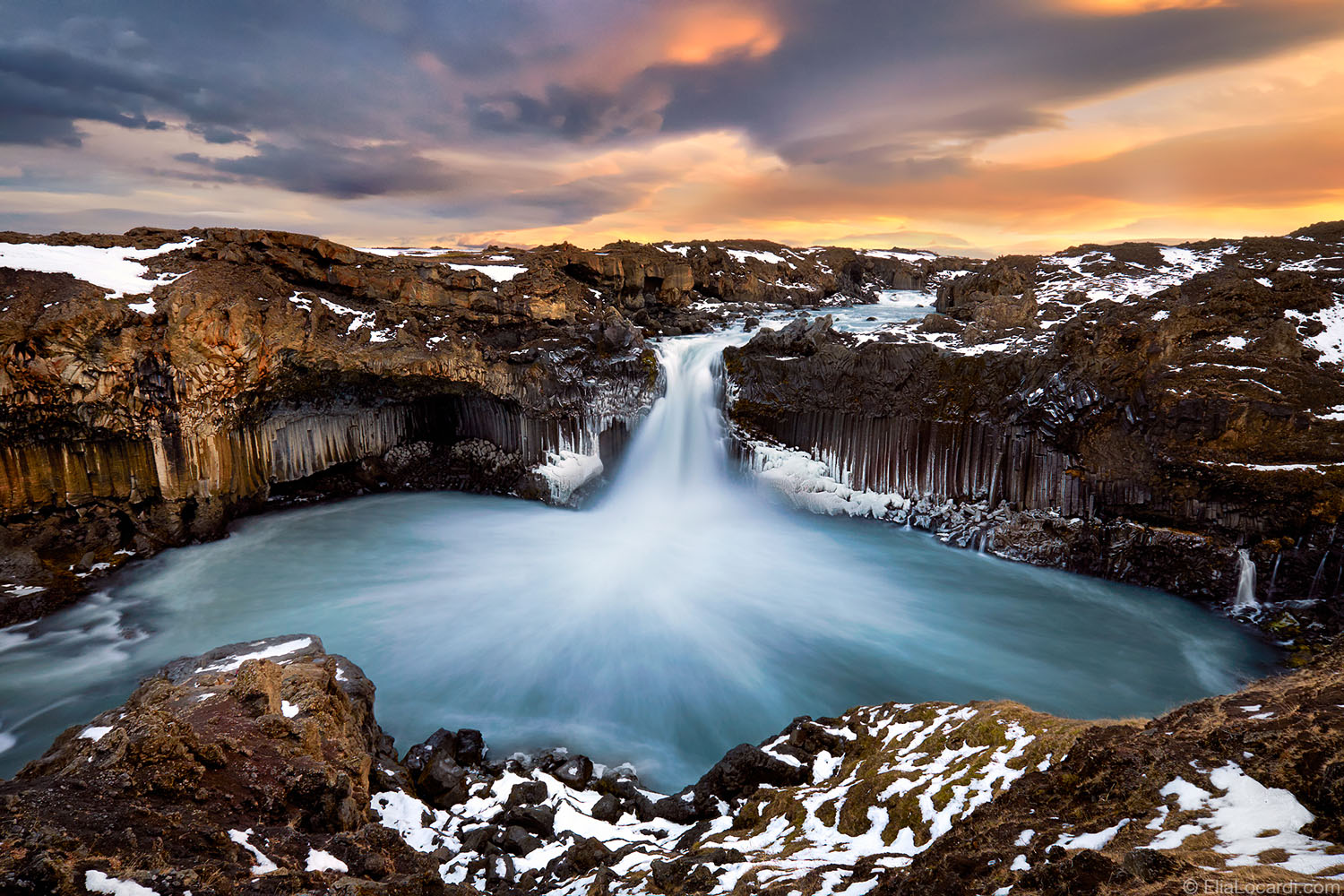
The Evolution of Tools for Mirrorless Cameras
Elia Locardi
Elia Locardi là nhiếp ảnh gia du lịch, nhà quay phim chuyên nghiệp nổi tiếng quốc tế, Đại sứ Toàn cầu của Fujifilm, nhà văn, diễn giả cộng đồng và nhà giáo dục có chuyên môn cao, người dành cả đời để chụp các địa điểm đẹp nhất trên thế giới. Làm việc tự do kể từ tháng 3 năm 2012, vợ chồng anh sống theo lối sống di động 100%, thường xuyên đi từ nước này sang nước khác, liên tục đi khắp thế giới. Kể từ khi anh bắt đầu đi du lịch toàn thời gian trong năm 2009, anh đã ghé thăm hơn 55 quốc gia, bay hơn một triệu dặm, và cộng tác với các công ty lớn, thương hiệu, các nước và cơ quan du lịch khắp nơi trên thế giới. Được giới thiệu bởi các tạp chí như Tạp chí Nhiếp ảnh gia chuyên nghiệp, CNet Australia, Wacom USA và Fstoppers, Elia đã xây dựng một phương tiện truyền thông xã hội hấp dẫn với gần 3 triệu người trên Facebook, Google+, Twitter, Instagram, YouTube và Snapchat. Nhờ nhiều năm cống hiến và cởi mở chân thật với khán giả của mình, anh đã trở thành một trong những nhiếp ảnh gia được theo dõi nhiều nhất trên thế giới. Sử dụng kết hợp các kỹ thuật máy ảnh truyền thống, thời gian nhắm mục tiêu trong ngày và phương pháp xử lý hậu kỳ tiên tiến, Elia đã phát triển một phong cách chụp ảnh được công nhận rộng rãi và cực kỳ độc đáo, trở nên nổi tiếng trên toàn thế giới. Với mỗi bức ảnh, mục tiêu của anh là chia sẻ tầm nhìn của mình để những người khác có thể nhìn thế giới như cách của anh, với đầy đủ màu sắc, kết cấu, vẻ đẹp, chiều sâu và cảm xúc. Nhiều bức ảnh của anh đã được sử dụng trong một số ấn phẩm lưu hành rộng rãi nhất trên thế giới bao gồm National Geographic. Trong suốt hành trình, anh chia sẻ Nghệ thuật Nhiếp ảnh trên nhiều trang web khác nhau, bao gồm blog nổi tiếng của mình, blamethemonkey.com, giảng dạy tại các hội thảo xử lý hậu kỳ trên toàn thế giới, nói chuyện tại các hội nghị nhiếp ảnh quốc tế lớn và tự hào là người sáng lập Dream Photo Tours.
Revolution vs Evolution
These days, we have many hot topics or ‘buzz words’ in the photography industry and for the past few years, I’ve been reading an increasing amount of articles about the new Mirrorless Revolution.
Personally, I love the way that sounds and while this new Mirrorless technology is certainly revolutionary, it’s not completely accurate. The best way to describe the state of Mirrorless today is to call it an evolution, and that’s not just because of the cameras and lenses.
Truly Compact Mirrorless Cameras
When Fujifilm decided to enter the digital camera market, they decided to use smaller APS-C sensors combined with the pristine optics of their lenses. This combination resulted in a truly compact and powerful camera solution, and with each new product release, Fujifilm continues to evolve as they change the photography industry.
Mirrorless is sweeping the digital camera market and while it’s easy for us to stay focused on these awesome new cameras and lenses, there’s also a huge evolution happening in the camera support systems as well.
Welcome To a World of Light Weight Camera Gear
Here’s the key to it all; when your camera system gets smaller and more compact, it’s not just your bag that gets lighter, it’s also your tripod, your ballhead, and all of the other peripherals and camera support system elements as well. And while that certainly means that overall you can travel lighter, it also means that—if you’re like me—you can pack even more tools into one camera bag. Like bringing along a DJI Phantom for example!
There’s one more key element to why camera support products can now be smaller and lighter. Unlike with a DSLR, having a mirrorless camera also means that there is no mirror shock (or mirror vibration). This means that without any (or very little) disturbance or vibration from the camera shutter, you no longer need a heavy tripod.
Lighter Tripod Without Sacrificing Image Quality
My photography style has a strong emphasis on blending multiple exposures and different moments in time together into a single photograph. Before I switched to mirrorless cameras—back when I was primarily using a DSLR camera—the combination of weight and vibration and necessity of zero motion (or vibration) between shots for post-processing and blending, perpetuated the need for the most stable tripod I could find.
While Fujifilm has been pushing the boundaries of mirrorless camera and lens technology, another company, Really Right Stuff, has been providing new ultra-portable and clever support systems made specifically for use with cameras that have a smaller form factor and lighter design.
Don’t get me wrong, I love my full-size Really Right Stuff TVC-33s, but these days I only need it for certain situations. For 95% of my shooting, I’ve been able to switch to the ultra portable TQC-14. Since it’s lightweight and easy to pack, I’ve also been using the Really Right Stuff portable PG-01 Panoramic Gimbal in many situations.
Ultra Light Tools For Professional Quality Photography
So here’s where things start to get really fun! With all these lightweight tools available, the possibilities for shooting in different environments—even some that may not allow tripods—increases dramatically. The TFA-01 Pocket Tripod works incredibly well for any flat surfaces.
My favorite ultra-compact camera support tool is called the Multi-clamp, and it allows me to shoot in locations where tripods are either not allowed, or there is no possible way to set up a tripod, like on plexiglass walls or railings on rooftops.
The Evolution Will Continue
With the continued evolution of both the cameras and tools, I can’t think of a more exciting time to be a photographer. Fujifilm has progressed the field of digital imaging by leaps and bounds by providing the market with truly compact and high quality mirrorless cameras and tack sharp lense systems. At the same time, many companies like Really Right Stuff continue to shape and evolve the way we support these new cameras and lenses. As things continue to move forward, I only see a brighter (and easier to travel with) future ahead!
A Collection of Images I’ve Captured With These Cameras and Tools
All photos by Elia Locardi




















































